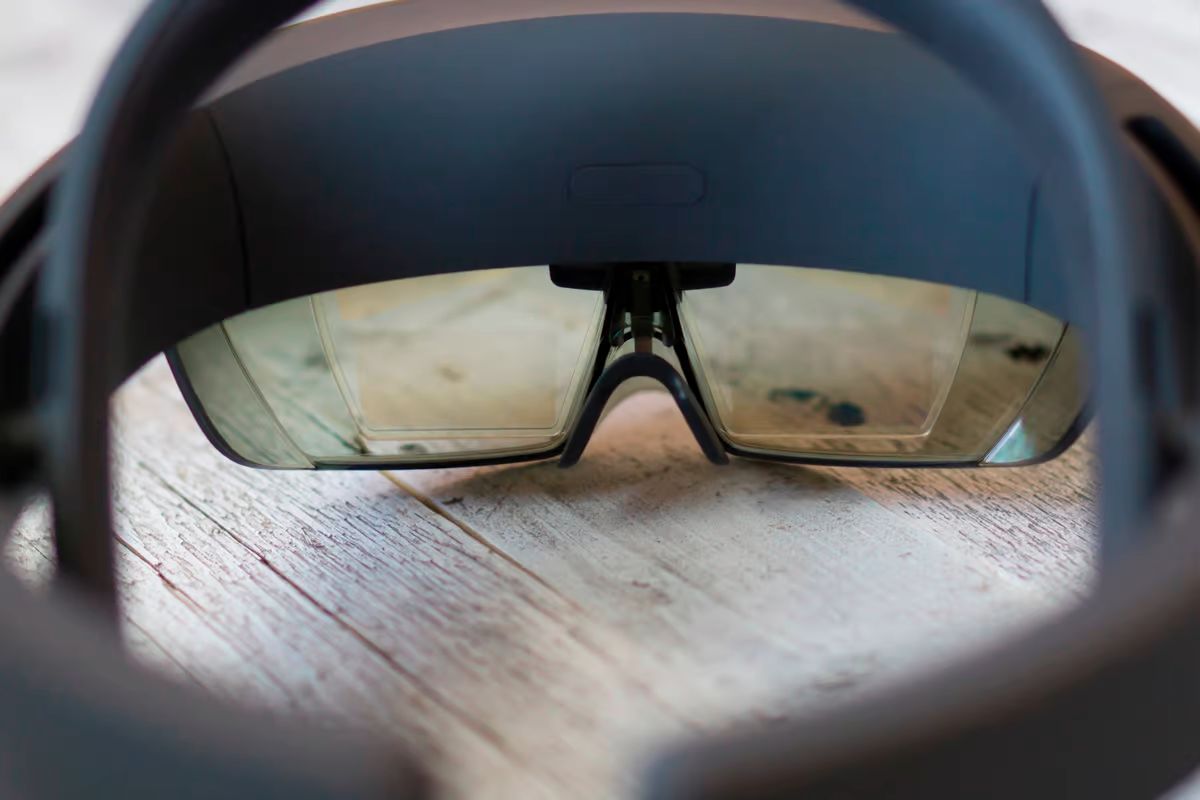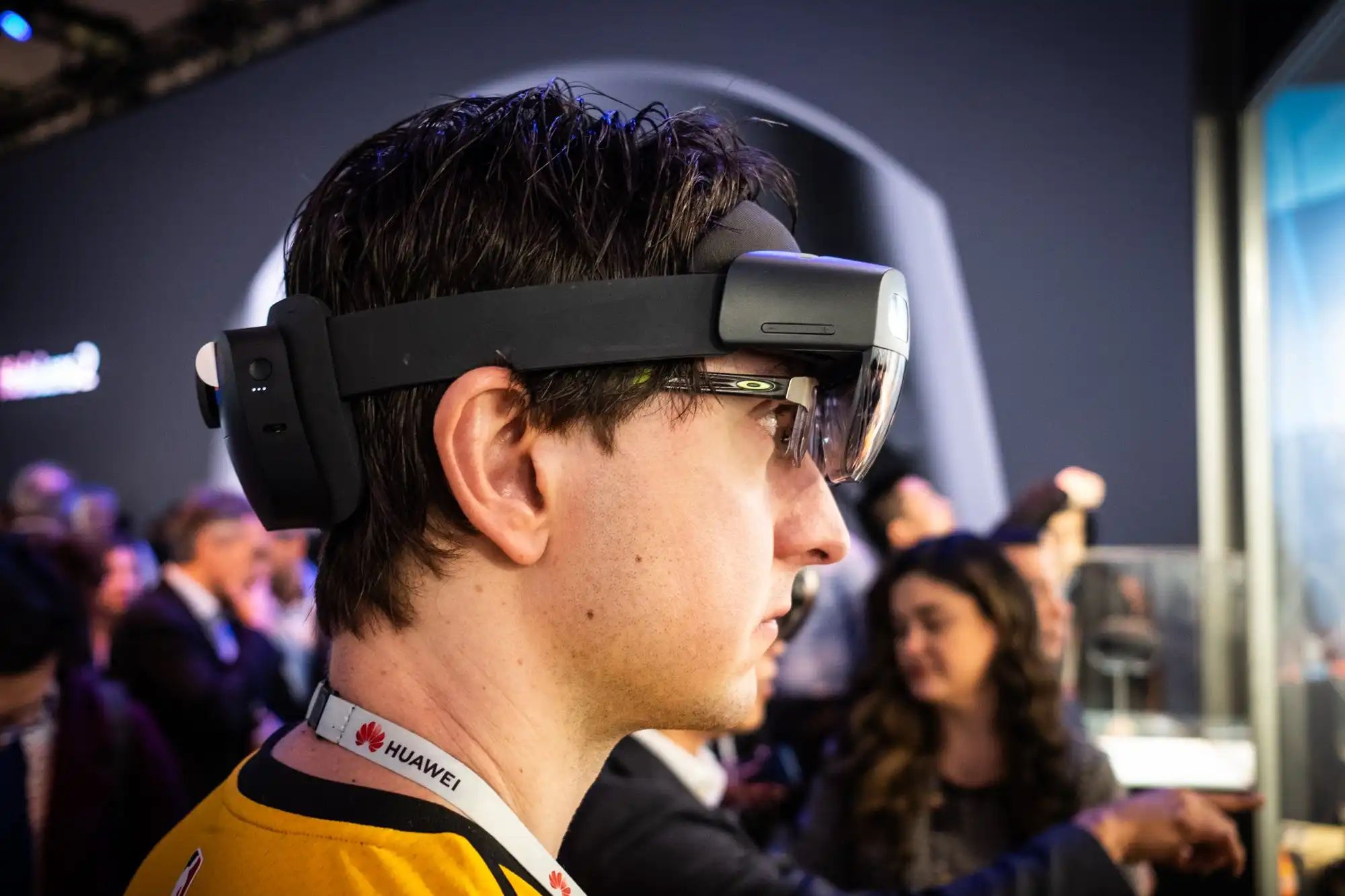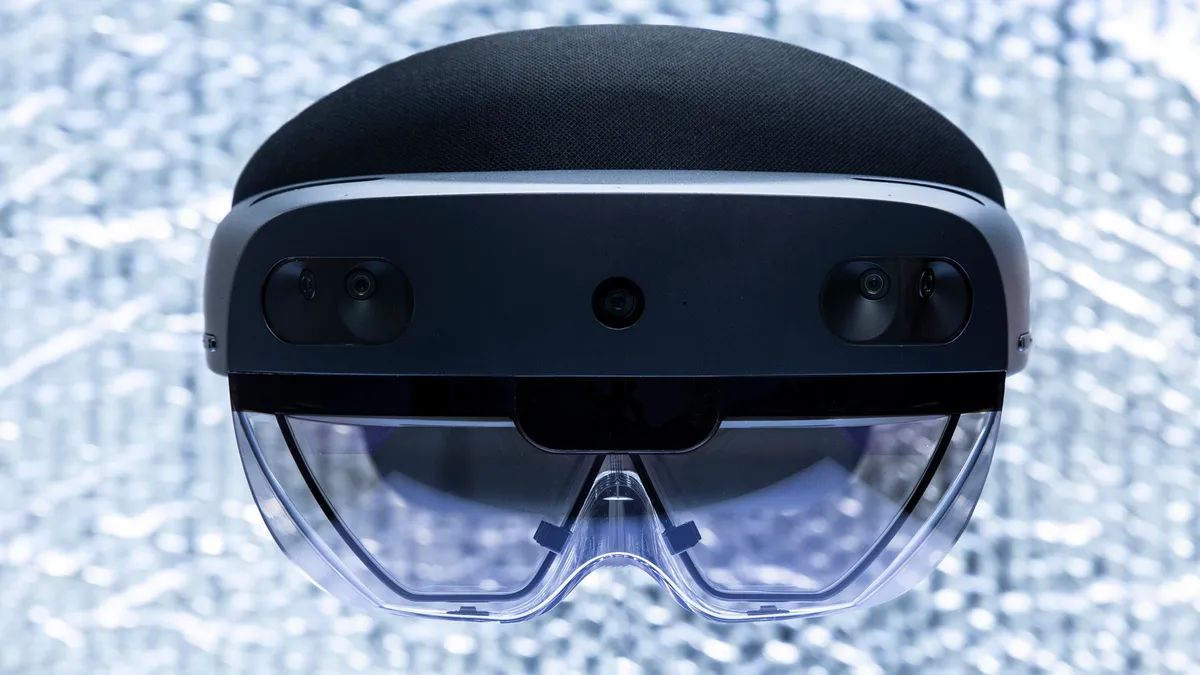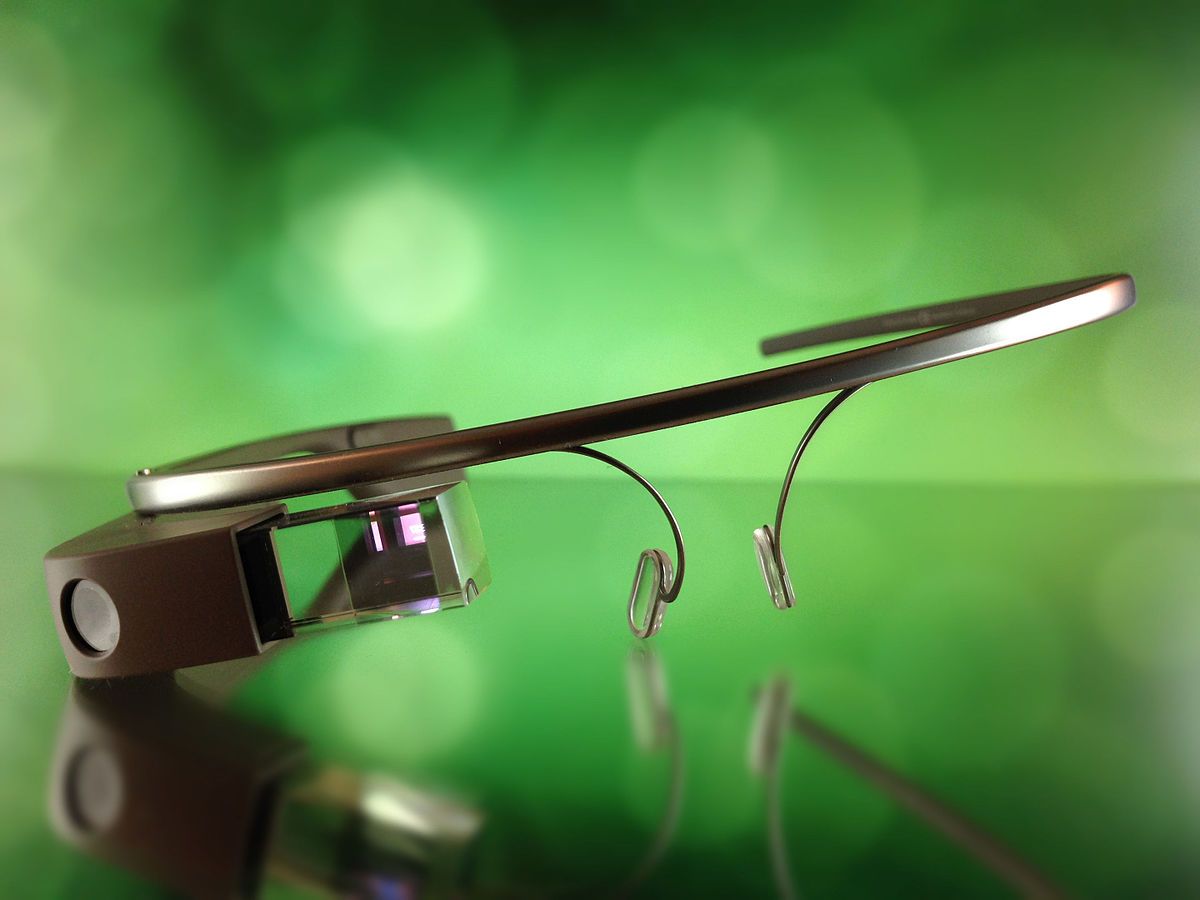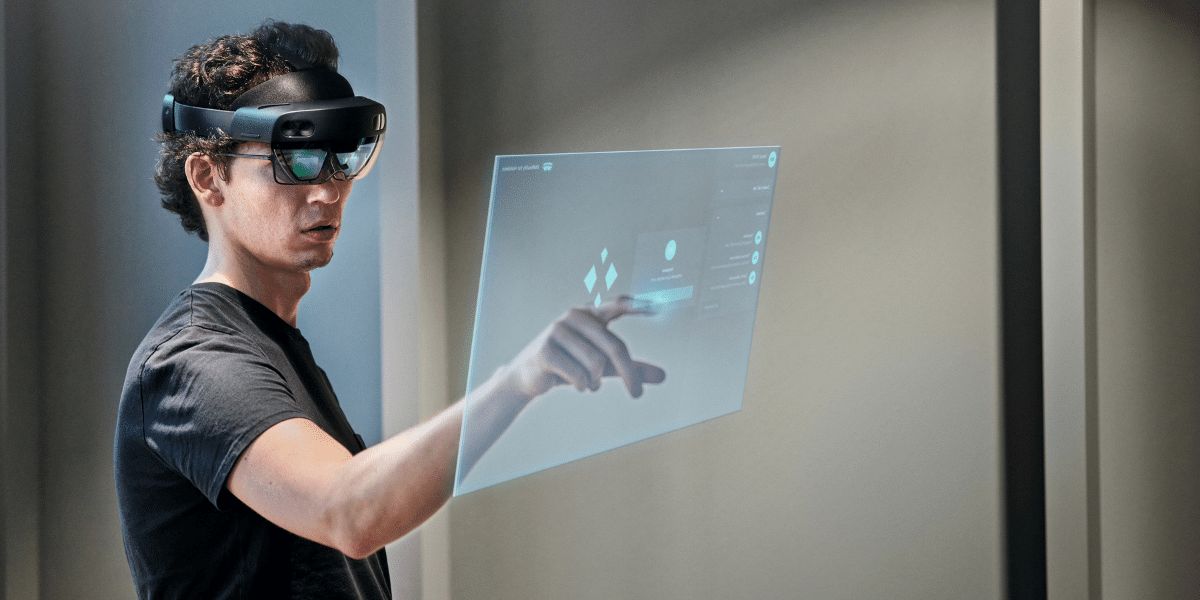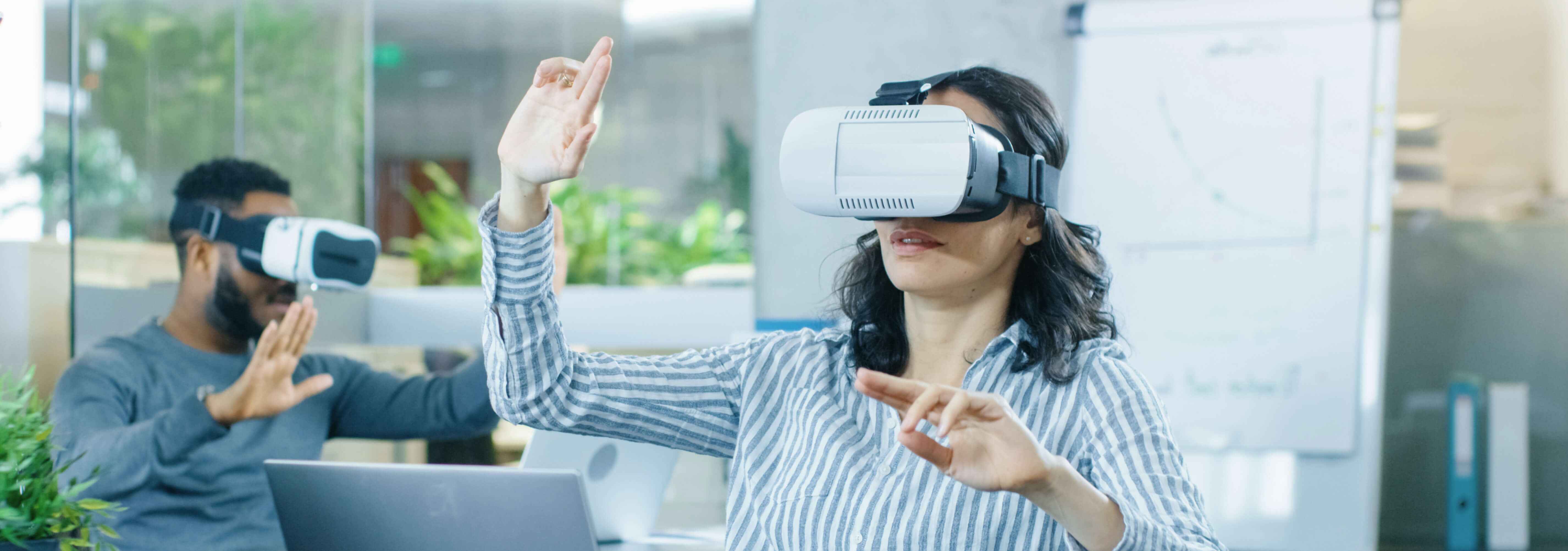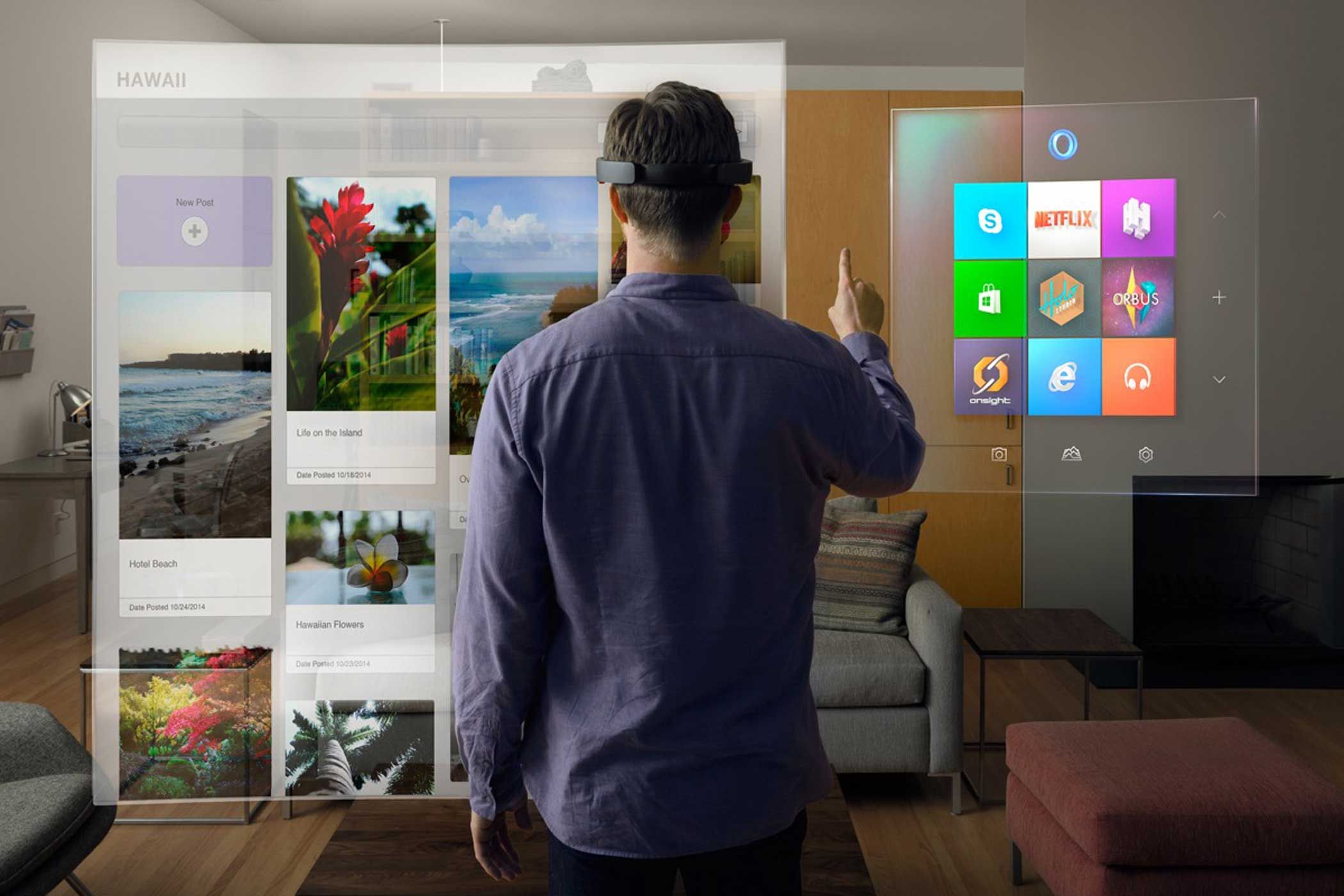Introduction
Welcome to the exciting world of HoloLens, where reality seamlessly blends with virtual holographic experiences. Developed by Microsoft, the HoloLens is a cutting-edge augmented reality (AR) device that has captured the imagination of tech enthusiasts and developers alike. One of the key aspects that users consider when evaluating the HoloLens is its field of view (FOV) – the extent of the virtual world that can be observed at any given moment.
In this article, we’ll delve into the concept of field of view and examine how the HoloLens measures up in this crucial aspect. We’ll explore the factors that influence the HoloLens field of view, compare it with other devices, and discuss the limitations and potential future advancements in this area.
Understanding the field of view of an AR device is essential as it directly impacts the user’s immersion and overall experience. Additionally, it plays a pivotal role in enabling users to interact with digital objects seamlessly integrated into their real-world environment. So let’s dive in and discover what the HoloLens field of view has to offer!
Understanding Field of View
Before we delve into the specifics of the HoloLens field of view, let’s first establish a basic understanding of what field of view means in the context of augmented reality. Field of view refers to the angular extent of the virtual environment that can be seen by the user through the display of the AR device. In simpler terms, it represents the size of the digital canvas where holographic content can be projected and perceived.
The field of view is usually measured in degrees, with a larger angle indicating a wider view. A wide field of view allows users to see more of the digital content, creating a more immersive experience. Conversely, a narrow field of view may result in limited visibility, potentially reducing the overall user experience.
It’s important to note that field of view is not solely determined by the hardware of the AR device. Other factors, such as software optimization and user perception, also influence the perceived field of view. Despite these complexities, measuring and understanding the field of view is critical for evaluating the immersive capabilities of an AR device like the HoloLens.
Now that we have a general understanding of field of view, let’s take a closer look at how the HoloLens handles this crucial aspect and how it impacts the user experience.
HoloLens Field of View Explained
The HoloLens offers a field of view that is often described as being equivalent to looking at a 15-inch monitor from a distance of about two feet. While this may sound limited compared to our natural vision, it’s important to keep in mind that the HoloLens uses a transparent display that overlays holographic content onto the real world. Achieving a wide field of view without obstructing the user’s view of the physical environment poses significant technological challenges.
The HoloLens achieves its field of view by utilizing waveguide optics, which guide the light generated by the holographic display system into the user’s eyes. This allows digital images to appear as if they are floating in the real world. The HoloLens also incorporates an advanced tracking system that maps the physical environment and aligns holographic content with real-world objects. This ensures that digital content remains in the correct position as the user moves around.
While the HoloLens field of view offers a compelling augmented reality experience, it is important to note that there are limitations to the amount of holographic content that can be seen at any given time. The field of view is limited to a rectangular area in the center of the vision, often referred to as the “sweetspot.” The peripheral areas have a reduced field of view, and the holographic content may appear cut off or cut in half at the edges.
Despite these limitations, the HoloLens excels in creating a sense of presence and interaction with holographic objects. Users can walk around and interact with holograms, bringing them to life in their physical space. This unique capability sets the HoloLens apart from other AR devices and opens up a world of possibilities in various industries, such as education, healthcare, and design.
Factors Affecting HoloLens Field of View
Several factors influence the field of view of the HoloLens, shaping the overall experience for users. Here are some of the key factors that affect the field of view:
- Optics and Display Technology: The HoloLens utilizes waveguide optics to project holographic content. The design and quality of these optics play a crucial role in determining the field of view. Improvements in display technology, such as miniaturization and increased resolution, can contribute to expanding the field of view in future iterations of the device.
- Hardware Constraints: The physical size and weight of the HoloLens present limitations in terms of the field of view. Balancing comfort, aesthetics, and optimal field of view is a complex engineering challenge. As technology advances, advancements in lightweight and compact components may enable larger field of view in future HoloLens models.
- Processing Power: Rendering holographic content in real time requires significant computational resources. The processing power of the HoloLens impacts the complexity and density of holographic content that can be displayed within the field of view. Advancements in processor technology can enhance the device’s ability to handle more immersive and detailed holographic experiences.
- User Perception: The perception of the field of view is subjective and can vary from user to user. Factors such as eye position, interpupillary distance, and individual visual acuity can influence how individuals perceive the holographic content within the field of view. User feedback and continuous refinement of the HoloLens can help optimize the experience based on user perception.
It’s important to note that addressing these factors and expanding the field of view is an ongoing research and development process. Microsoft and other AR technology manufacturers are continuously striving to improve the field of view experience, while also maintaining device comfort, usability, and performance.
Comparing HoloLens Field of View with Other Devices
When evaluating the field of view of the HoloLens, it’s essential to consider how it compares to other augmented reality (AR) and virtual reality (VR) devices on the market. While the HoloLens offers a compelling AR experience, it’s worth noting that the field of view can vary significantly between different devices.
Compared to virtual reality headsets, such as the Oculus Rift or HTC Vive, the HoloLens generally offers a smaller field of view. VR headsets are designed to provide an immersive virtual experience by blocking out the real world entirely, creating a more encompassing view. The field of view in VR headsets can range from around 90 to 110 degrees, allowing users to feel fully immersed in a virtual environment.
However, when compared to other AR devices, the HoloLens is commonly regarded as having a more impressive field of view. Many AR glasses and headsets on the market have narrower fields of view, often limiting the holographic content to a small area or providing a more segmented view.
It’s important to keep in mind that field of view is not the only factor to consider when evaluating AR and VR devices. Other aspects, such as resolution, tracking accuracy, and overall user experience, also contribute to the device’s capabilities.
When comparing the HoloLens field of view with other devices, it’s crucial to weigh the trade-offs. While the HoloLens may have a smaller field of view compared to some VR headsets, it offers the unique advantage of blending virtual content seamlessly with the real world, enabling users to interact with holographic objects in their environment.
As AR and VR technology continues to evolve, we can expect to see improvements in field of view across the board. Manufacturers are continuously working on enhancing the immersive capabilities of their devices, aiming to provide users with wider and more natural fields of view.
Addressing Field of View Limitations
While the HoloLens offers a unique augmented reality experience, it does have limitations when it comes to the field of view. The restricted view can sometimes lead to a sense of content appearing cut off or restricted in size. However, Microsoft and other AR technology companies are actively working to address these limitations and improve the field of view for future devices.
One approach to addressing the field of view limitations is through advancements in hardware technology. As display components continue to become smaller, lighter, and more powerful, it opens up possibilities for increasing the field of view while maintaining device comfort and usability. Optics and display systems are being refined to achieve larger and more immersive fields of view without sacrificing image quality or form factor.
Software plays a crucial role in optimizing the field of view experience as well. By leveraging advanced algorithms and rendering techniques, developers can optimize holographic content placement within the limited field of view, ensuring that important information remains visible to the user. Improvements in software optimization can also lead to more efficient use of computational resources, allowing for richer and more detailed holographic experiences despite the limited field of view.
User feedback and iterative design processes are also key factors in addressing field of view limitations. By listening to user experiences and understanding their needs, manufacturers can make informed decisions about refining the field of view experience while considering other factors such as comfort, performance, and user interface. Continuous user testing and feedback help drive iterative improvements in future iterations of AR devices.
Collaboration among industry leaders and research communities is crucial in pushing the boundaries of field of view in AR technology. Knowledge sharing, joint research projects, and open standards can help accelerate advancements in this area. As the field progresses, we can expect to see collaborative efforts result in breakthroughs that bring us closer to achieving wider and more natural fields of view in AR devices.
While addressing field of view limitations remains an ongoing endeavor, it’s important to acknowledge the significant strides that have already been made. The HoloLens and other AR devices have brought us exciting opportunities for blending the digital and physical worlds, and each iteration brings us closer to more immersive and seamless experiences.
Future Advancements in the HoloLens Field of View
The future of the HoloLens field of view holds great promise as technology continues to advance. As manufacturers and researchers push the boundaries of augmented reality (AR), we can expect to see exciting advancements that address the limitations of the field of view and enhance the overall user experience.
Advancements in optics and display technology are anticipated to play a significant role in expanding the field of view of the HoloLens. Researchers are exploring various approaches to improve the optics used in AR devices, such as utilizing diffractive waveguide technology or new types of lenses. These innovations could lead to wider fields of view that offer a more immersive and natural viewing experience.
Miniaturization of components is another area that holds promise for future HoloLens devices. As the size and weight of hardware components decrease, manufacturers will have more flexibility to optimize the devices for larger fields of view without sacrificing comfort and user-friendliness. This could potentially result in more compact and lightweight AR glasses or headsets with wider fields of view.
Advancements in processing power are also crucial for expanding the HoloLens field of view. As processors become more powerful and energy-efficient, AR devices can handle more complex and immersive holographic content within a wider field of view. This could enable more realistic and detailed virtual objects to be seamlessly integrated into the real world, further enhancing the user’s perception and interaction with the digital content.
User feedback and iterative design processes will continue to shape the future of the HoloLens field of view. The valuable insights and experiences shared by HoloLens users will help drive improvements and refinements in the device’s design, keeping usability and user satisfaction at the forefront. Continuous iterations and updates based on user feedback will assist in optimizing the field of view and addressing any remaining limitations.
Collaboration among industry leaders and research communities will further contribute to advancements in the HoloLens field of view. Sharing knowledge, resources, and research findings will help accelerate the development of breakthrough technologies and standards that can enhance the field of view capabilities of AR devices. Joint efforts from various stakeholders will pave the way for more immersive and seamless AR experiences in the future.
While the exact timeline for these advancements is uncertain, it is clear that the HoloLens and AR technology, in general, are on a constant trajectory of innovation and improvement. As technology continues to evolve, we can expect to see wider fields of view, improved visual quality, and enhanced immersion, bringing us closer to truly seamless integration of digital and physical realities.
Conclusion
The field of view is a crucial aspect to consider when evaluating augmented reality devices such as the HoloLens. While the HoloLens offers a unique and immersive AR experience, it does have limitations in terms of its field of view. However, advancements in optics, hardware technology, processing power, and user feedback are paving the way for improvements in the future.
Despite its limitations, the HoloLens stands out among other AR and VR devices by seamlessly integrating holographic content into the real world. Users can interact with virtual objects in their physical environment, opening up a myriad of possibilities across industries.
The future of the HoloLens field of view looks promising. Advancements in optics and display technology offer the potential for wider fields of view, while miniaturization of components can enable more compact and lightweight devices. Enhanced processing power will allow for more intricate and realistic holographic content within a wider field of view. User feedback and collaboration among industry leaders will continue to shape the evolution of the HoloLens, ensuring that future devices deliver impactful AR experiences.
The HoloLens and AR technology are continuously evolving, and with each iteration, we move closer to truly seamless integration of the digital and physical worlds. While the limitations of the field of view are important to consider, they should not overshadow the strides that have already been made nor dampen our enthusiasm for the potential of augmented reality.
As technology advances and research progresses, we can anticipate a future where wider fields of view, improved visual quality, and enhanced interactions become the norm in AR devices. The HoloLens and other AR devices will continue to shape the way we work, learn, create, and play in an augmented reality landscape.







